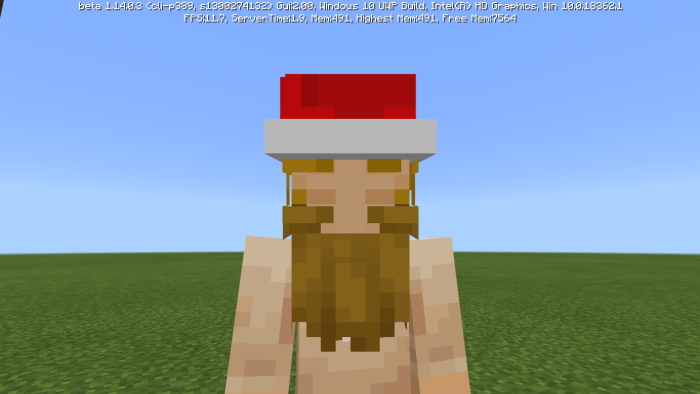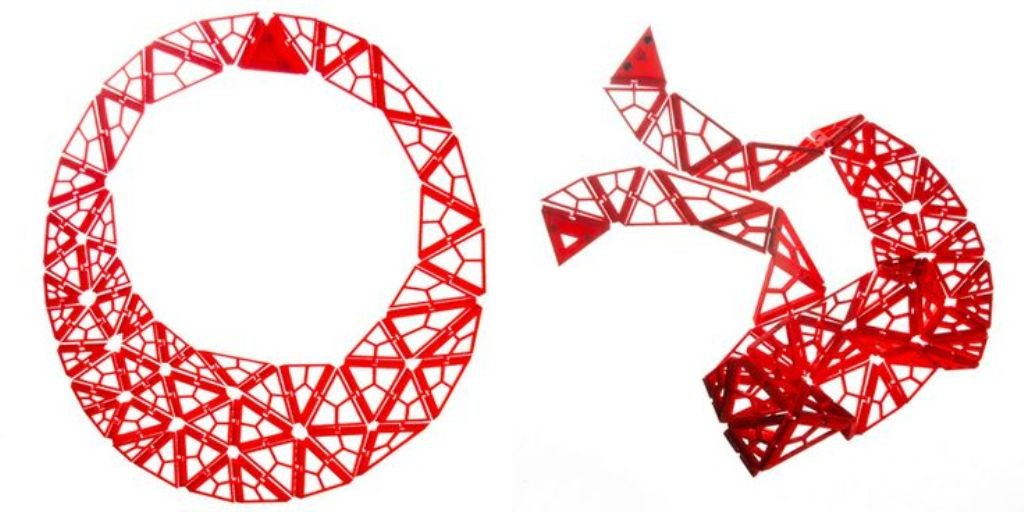

Basta et al., The MU-RAY detector for muon radiography of volcanoes. Shimomura et al., Method of probing inner-structure of geophysical substance with the horizontal cosmic-ray muons and possible application to volcanic eruption prediction. Li et al., Cosmic muon flux measurement and tunnel overburden structure imaging. Nishio et al., Discovery of a big void in Khufu’s Pyramid by observation of cosmic-ray muons. Marteau et al., Geophysical muon imaging: feasibility and limits. Myagkikh et al., The deep-sea Cerenkov muon detector with spatial structure. Basta et al., The MU-RAY experiment an application of SiPM technology to the understanding of volcanic phenomena.

Bene et al., Towards a muon radiography of the Puy de Dme. Declais et al., Design and operation of a field telescope for cosmic ray geophysical tomography. Bozza et al., First muography of Stromboli volcano. Marteau et al., Muon dynamic radiography of density changes induced by hydrothermal activity at the La Soufrière of Guadeloupe volcano. Tanaka et al., Cosmic-ray muon imaging of magma in a conduit: Degassing process of Satsuma-Iwojima Volcano.

Bedwei et al., Search for hidden chambers in the pyramids. Zhang et al., Position-sensitive plastic scintillator detector with WLS-fiber readout. Lan et al., A modified multi-group model of angular and momentum distribution of cosmic ray muons for thickness measurement and material discrimination of slabs. Zeng et al., Experimental validation of material discrimination ability of muon scattering tomography at the TUMUTY facility. Lukic et al., Cosmic ray radiography of the damaged cores of the Fukushima reactors. Boudjemline et al., First images from the cript muon tomography system. Bandieramonte et al., Search for hidden high- Z materials inside containers with the Muon portal project. Morris et al., Surveillance: Radiographic imaging with cosmic-ray muons. Kuno, A search for muon-to-electron conversion at J-PARC: the COMET experiment. Cooper, Charged lepton flavor violation: An experimenter’s guide. Jing et al., A possible scheme for the surface muon beamline at CSNS.
#Imagining 4d objects update
Ni et al., Conceptual design and update of the 128-channel μSR prototype spectrometer based on musrSim. Hagiwara et al., Review of particle physics: Particle data group. Sheu et al., Measurement of angular distribution of cosmic-ray muon fluence rate. Anderson, Cosmic-ray particles of intermediate mass. The 4D images can specify target objects with low, medium, and high Z values. If the imaging time is more than 20 days, this method can distinguish intervals with a width of 1 mm.
#Imagining 4d objects series
The resultant reconstructed 3D images could distinguish between a series of cubes with 5-mm-side lengths and 2-mm-intervals. A 3D imaging algorithm based on the density of the coinciding muon trajectory was developed, and 4D imaging that takes the atomic number dimension into account by considering the secondary particle ratio information was achieved. It acquires data by coincidence detection technique of cosmic-ray muon and its secondary particles. This paper presents an imaging system that consists of three layers of a position-sensitive detector and four plastic scintillation detectors. However, few imaging studies have been reported on low and medium Z objects at the centimeter scale. The muon radiography imaging technique for high-atomic-number objects ( Z) and large-volume objects via muon transmission imaging and muon multiple scattering imaging remains a popular topic in the field of radiation detection imaging.


 0 kommentar(er)
0 kommentar(er)
